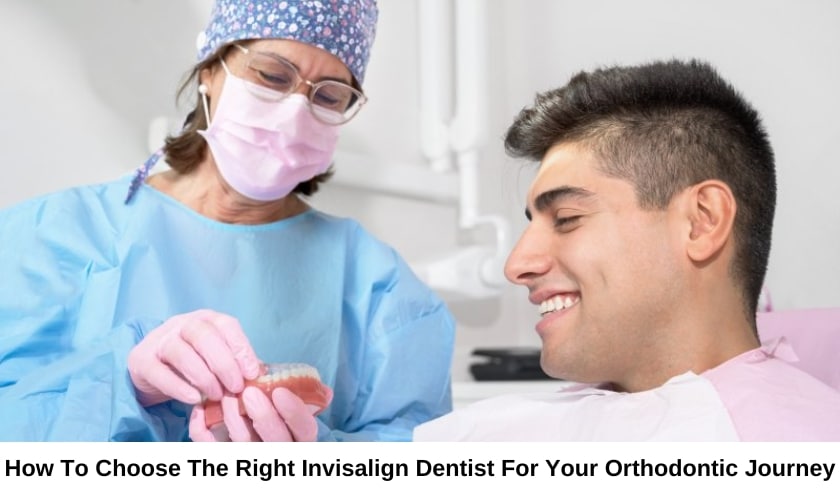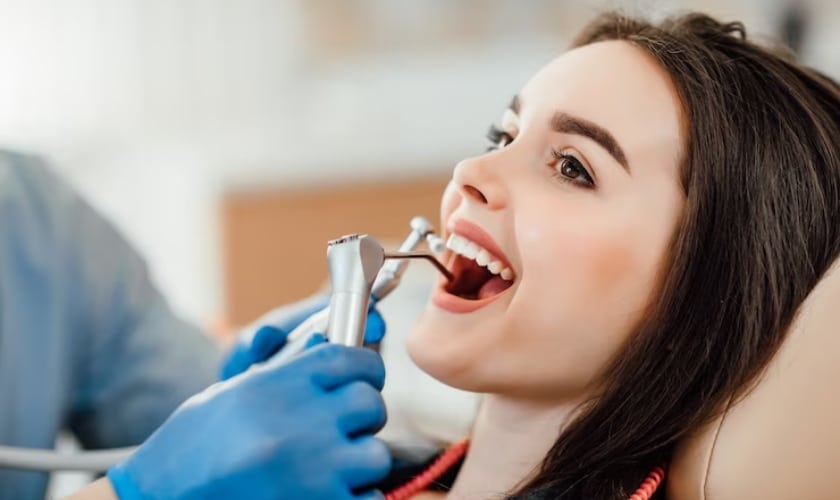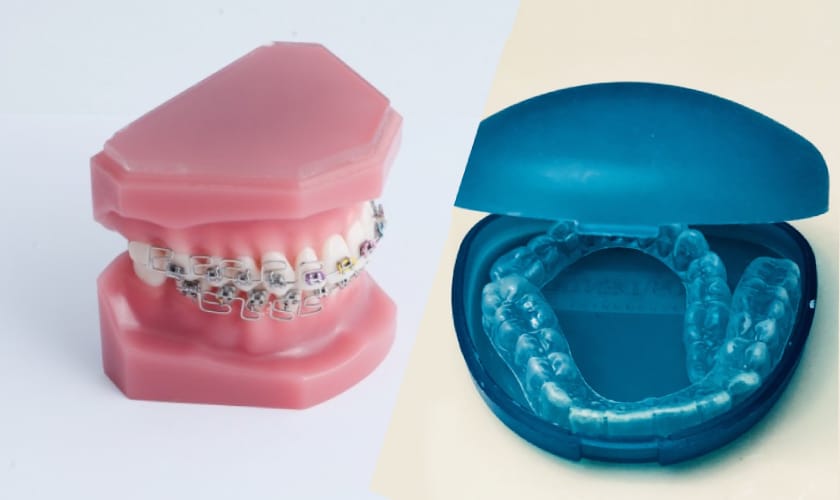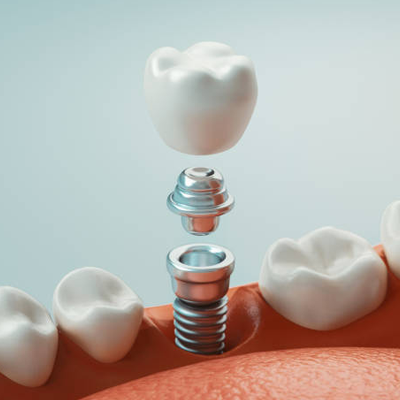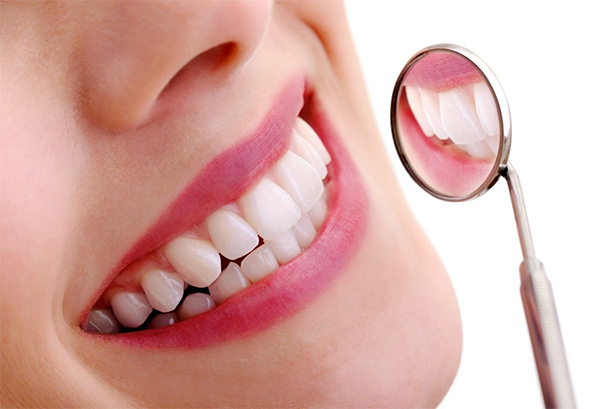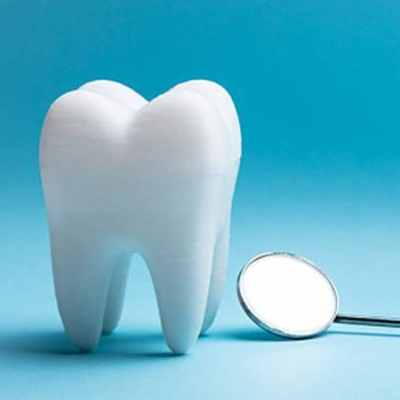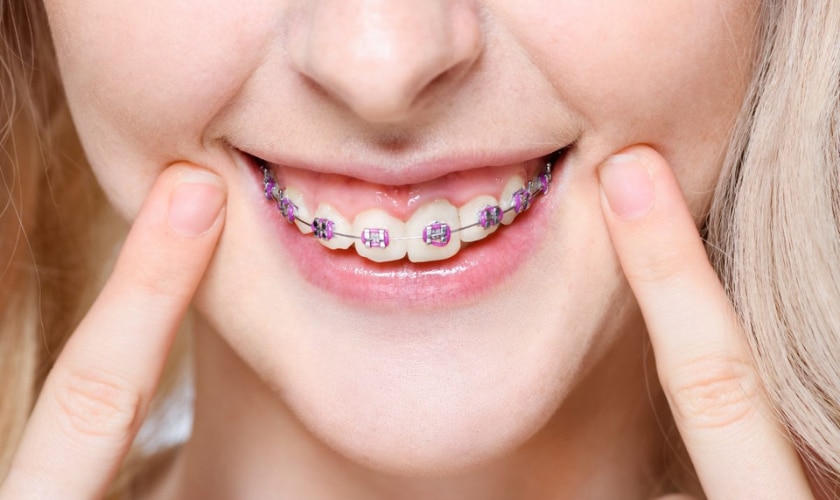
Orthodontics: Get A Perfect Smile With Braces & Invisalign.
Ready to get the smile you’ve always wanted? Orthodontics can help! Learn more about braces and Invisalign and how they can give you the perfect look.
What is Orthodontics?
Orthodontics is the branch of dentistry that specializes in the diagnosis, prevention, and treatment of dental and facial irregularities. The word “orthodontics” comes from the Greek words “orthos,” meaning straight or correct, and “doctors,” meaning teeth. Orthodontic treatment can be used to correct a wide variety of problems, including crowding, spacing, bite problems, and jaw irregularities.
Orthodontic treatment usually begins around age 7 or 8, when permanent teeth have started to come in. However, adults can also benefit from orthodontic treatment. In some cases, early interceptive treatment can prevent more serious problems from developing later on.
The goal of orthodontic treatment is to create a healthy, functional, and esthetically pleasing smile. Orthodontists use a variety of different treatments to achieve this goal, including braces and other appliances.
Types of Orthodontic Treatments (Braces & Invisalign)
Orthodontic treatment can be performed using either braces or Invisalign. Braces are the most common type of orthodontic treatment and are typically used for patients who have more severe dental problems. Invisalign is a newer type of orthodontic treatment that is becoming increasingly popular because it is less visible than braces.
Braces consist of metal brackets that are bonded to the teeth and connected by wires. The wires exert gentle pressure on the teeth, gradually moving them into the correct position. Braces are usually worn for two to three years, depending on the severity of the dental problem.
Invisalign consists of clear plastic aligners that are custom-made for each patient. The aligners are designed to slowly move the teeth into the correct position over time. Invisalign is usually worn for one to two years, depending on the severity of the dental problem.
How to Choose the Right Treatment for You
The best way to find out which orthodontic treatment is right for you is to consult with an orthodontist. During your consultation, the orthodontist will examine your teeth and bite and make recommendations based on what they see. They will also take into account your lifestyle and budget when making their recommendation.
In general, braces are the most effective way to straighten teeth and correct bite problems. However, they are not always the most convenient or comfortable option. If you are looking for a more discreet way to straighten your teeth, Invisalign may be a good option for you.
No matter which treatment you choose, be sure to follow your orthodontist’s instructions for care and maintenance. With proper care and treatment, you can achieve a beautiful, healthy smile that you’ll be proud to show off!
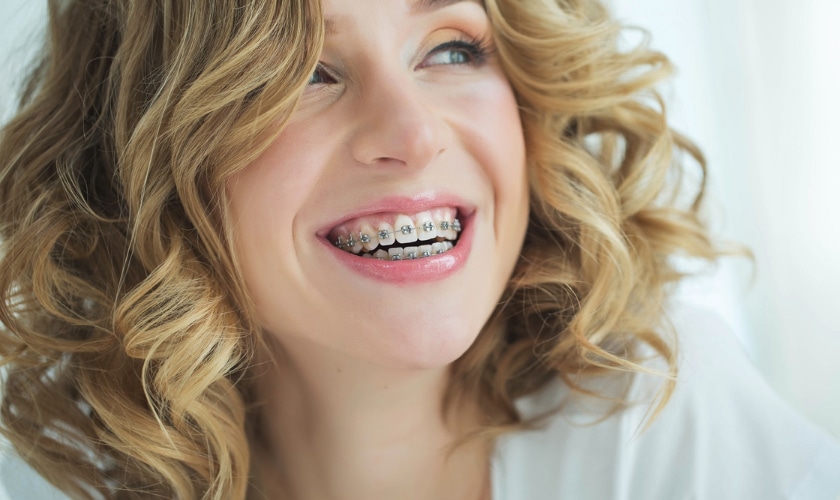
How Does Orthodontic Treatment Work?
Orthodontic treatment usually begins with a consultation with an orthodontist. During the consultation, the orthodontist will examine your teeth and bite to determine if you are a candidate for orthodontic treatment. If you are a candidate for orthodontic treatment, the orthodontist will develop a treatment plan that is specifically tailored to your needs.
The next step in orthodontic treatment is to have braces or Invisalign aligners placed on your teeth. Braces or aligners are worn for 20-22 hours each day and are meant to slowly move your teeth into the correct position. The length of time that you will need to wear braces or aligners will depend on the severity of your dental problems and how well you follow the instructions given by the orthodontist.
Once your teeth have been moved into the correct position, you will need to wear a retainer. Retainers help hold your teeth in their new position and prevent them from moving back to their old position. You will need to wear a retainer as directed by the orthodontist; typically, retainers are worn at night while you sleep.
What to Expect During Treatment
If you’re considering orthodontic treatment, you may be wondering what to expect. Here’s a general overview of what you can expect during treatment:
First, you’ll need to have an initial consultation with an orthodontist. During this appointment, the orthodontist will examine your teeth and jaws to determine if you’re a good candidate for orthodontic treatment. If so, they’ll develop a treatment plan specifically for you.
Next, you’ll need to have your braces or Invisalign aligners placed. This is usually done in two appointments: one to place the brackets or aligners and one to adjust them. The placement appointment usually takes about an hour, while the adjustment appointment takes about 30 minutes.
After your braces or aligners are in place, you’ll need to see the orthodontist for regular check-ups. These appointments are typically every 4-6 weeks and last about 30 minutes. During these appointments, the orthodontist will check on the progress of your treatment and make any necessary adjustments.
Treatment typically lasts anywhere from 6 months to 2 years, depending on the severity of your case. After treatment is complete, you’ll need to wear a retainer in order to keep your teeth in their new, corrected position.
Aftercare Instructions for Braces and Invisalign
If you’re considering orthodontic treatment to improve your smile, you may be wondering what the aftercare is like for braces and Invisalign. Here are some instructions to help you keep your smile looking its best:
-Brush and floss your teeth regularly, being careful to avoid the brackets and wires of your braces. -Use a soft-bristled toothbrush and orthodontic floss or an interdental brush to clean around your brackets and wires. -Be sure to clean your retainers as well, either by brushing them with toothpaste or soaking them in a retainer cleaning solution. -Avoid hard and sticky foods that can damage your braces or get caught in them, such as gum, candy, and popcorn. -If you play sports, wear a mouth guard to protect your teeth and jaws from injury. -See your orthodontist for regular check-ups and adjustments, as well as for any repairs that may be needed.
By following these aftercare instructions, you can ensure that your orthodontic treatment is successful and that you’ll have a beautiful smile to show off when it’s all done!
Alternatives to Traditional Orthodontic Treatments
In today’s world, there are many alternatives to traditional orthodontic treatments such as braces and Invisalign. These alternative treatments include:
1. Clear Aligners: Clear aligners are a popular alternative to braces and Invisalign. They are made of clear plastic and are virtually invisible when worn. Clear aligners are custom-made to fit your teeth and can be removed for eating, drinking, brushing, and flossing.
2. Ceramic Braces: Ceramic braces are another popular alternative to traditional metal braces. They are made of clear or white ceramic brackets and blend in with your teeth for a more aesthetic look. Ceramic braces are just as effective as metal braces but may be more expensive.
3. Lingual Braces: Lingual braces are placed on the back side of your teeth so they are not visible when you smile. They can be more difficult to clean than other types of braces but offer a more discreet option for adults who want straighter teeth without anyone knowing they’re wearing braces.
4. Self-Ligating Braces: Self-ligating braces use special brackets that do not require the use of rubber bands (ligatures) to hold the archwire in place. This type of brace is smaller and less visible than traditional metal braces and may provide quicker results since they require fewer adjustments than other types of braces.
https://youtu.be/v7wQbQ7BW00
Source: Bret Johnson Orthodontics
Conclusion
Orthodontic treatments can be a great way to give yourself the smile you’ve always wanted. Whether you choose braces or Invisalign, both options are effective and safe ways to get that perfect smile you’ve been dreaming of. With the help of an orthodontist, they will be able to tell you which option is best for your individual needs and provide quality care throughout the entire process. No matter what treatment you end up choosing, it’s important to remember that having a beautiful smile is worth it in the end!
1. Why should I see an orthodontist?
If you have any concerns about the alignment of your teeth or jaw, you should consult an orthodontist. An orthodontist can assess your individual situation and recommend the best course of treatment.
How long will I need to wear braces/Invisalign?
The length of time required for treatment will vary depending on the severity of the problem. In general, however, most people wear braces for one to two years before seeing significant results. Invisalign treatment usually takes between six and 18 months.


